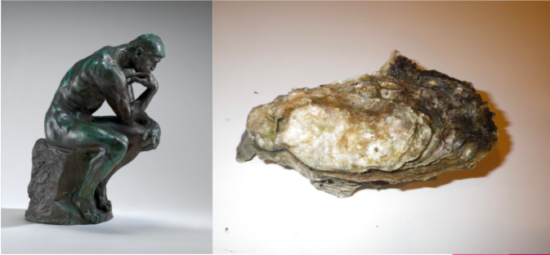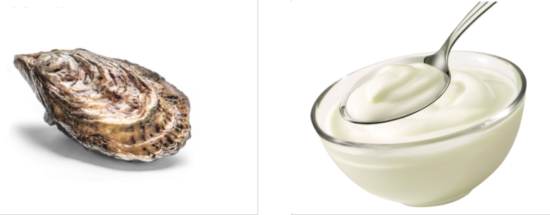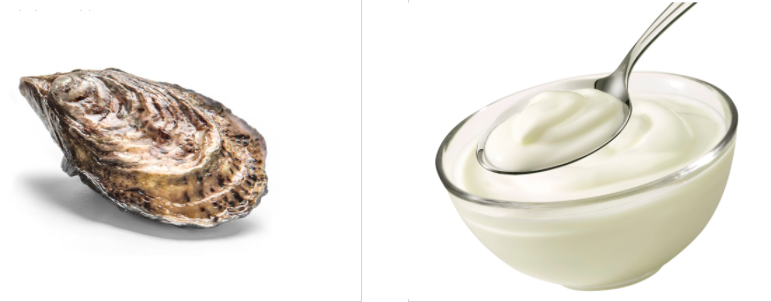Yogurt for oysters, maybe.
Graduate school gives one a lot of time to think. If you’re studying marine biology hopefully it has something to do with the sea. Although I often have a hard time focusing and I think about the person sitting across from me on the bus reading Waiting for Godot, or why Crocs for dogs aren’t a thing.

A thousand years ago one way of forcing people into adulthood was to have a vision quest. You’d go off into the desert for a while and realize, with the help of heat-stroke and psilocybin, that you shouldn’t be a self-absorbed jerk. You’d go back to your village and the elders would be please with your realization, and perhaps you’d get a cool cape or something.
Flash forward a few millenia we now extend the vision quest to five years or more, and you wander through a financial rather than a climatic desert. The vision quest is now called graduate school.
My vision quest started in 2016 when I wanted to study the impact of shipping networks on microbial biodiversity in port areas (Some reason of why I would do this is described here.). Then the election happened I figured that the new policy for environmental research would be ‘no’. So I did what any desperate person would want to do when they don’t want to appear desperate, I pivoted.
The first thing I knew I should change to would be some sort of applied research, since it seemed a more reasonable bet that funding wouldn’t get cut. Next I went for the most applied thing I could think of, food. Everyone has to eat, so if I could research something to deal with food that would be a pretty easy sell. Lastly, I went with oysters since they don’t move, they’ve been around for hundreds of millions of years, and you don’t even have to cook them to eat them. I could pretty much guarantee myself some sort of funding to help America eat more living rocks.
I didn’t know anything about shellfish biology, but I had been reading up a lot on bacteria for my now defunct trade network project, so I was going to pound this bacterial peg through the oyster hole until it worked (Also, please thoroughly cook your oysters if you do this.). At the beginning of 2017 I now had a sketch for my project, which would involve a lot of bacteria and a lot of oysters. To make it sound cool (fundable) this became a study of the gut microbiome of oysters.
You, me, every organism you see around you, is an island swimming in a sea of bacteria. This sounds repugnant until you learn that most of these bacteria are benign, or absolutely necessary for your survival. In the case of your gut you actually need this tiny ecosystem to break down food into readily adsorbable nutrients.
Oysters are no different than humans in this regard. My reasoning then went, if human digestion benefits from the ingestion of probiotic bacteria, then why not oysters? A probiotic which could enhance digestion or help ward off disease would help increase the growth rates for commercially farmed oysters. I mean, yogurt for oysters, what could be a better elevator pitch?

To establish if this would even work I then spent the next three months feeding individual oysters separate controlled diets and sequencing their gut microbiomes by gene sequencing their poop, every week. Next came three more months of extracting and sequencing bacterial DNA, then came three more months of bioinformatics.
Anyway, this is the quick synopsis of what I’ve been up to as marine biology student and long-time CRASH Space member this year. If you want the TLDR it is: It is very easy and quick to manipulate the oyster gut microbiome, so it’d be reasonable to assume you could quickly get probiotic bacteria incorporated into their gut microbiomes.
The longer version is here. It’s a pre-print as the article is now in review.
Feedback welcome.

